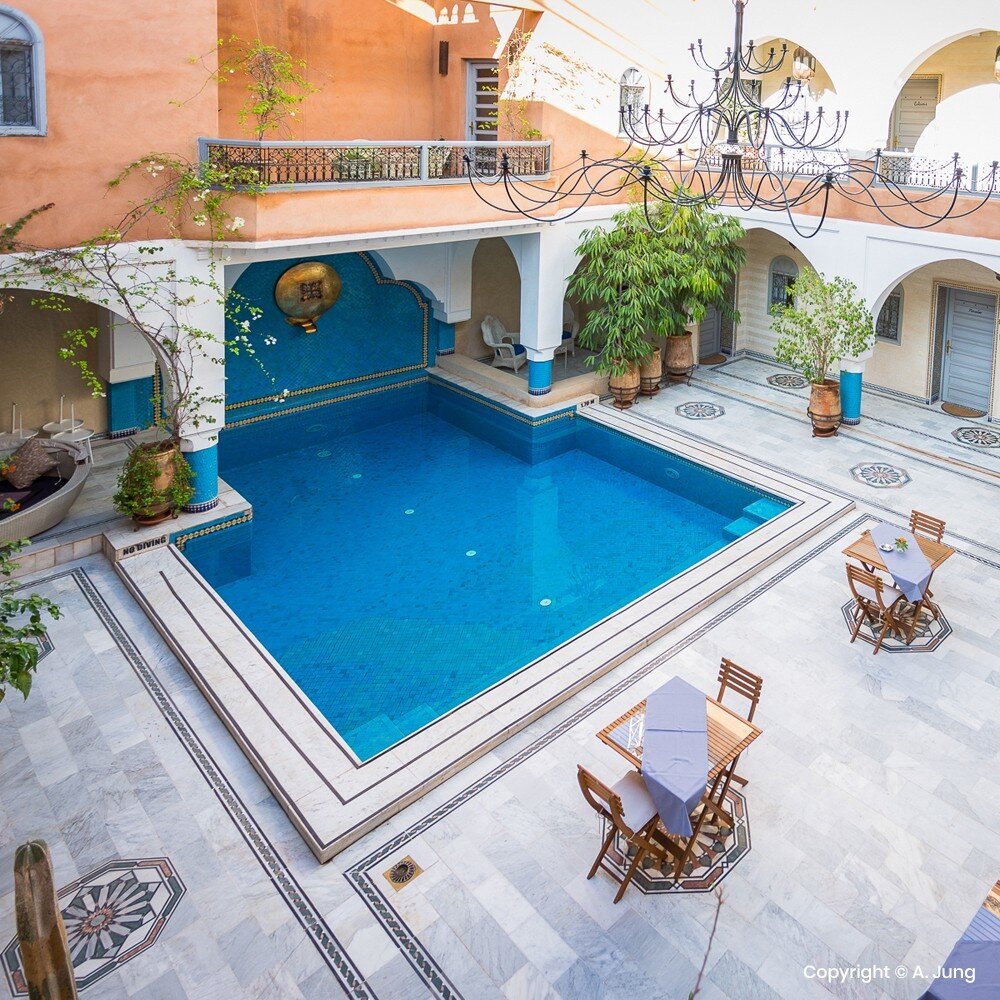
morocco from spain
The relationship between Spain and Morocco is a tapestry woven with threads of history, culture, and geography. These two nations, separated by the narrow but significant Strait of Gibraltar, share a connection that spans centuries and is deeply rooted in the complex interactions of diverse civilizations.
Geographically
Geographically, the Strait of Gibraltar is a natural bridge and barrier, simultaneously connecting and dividing the European and African continents. The Strait, at its narrowest point, is a mere 14 kilometers wide, creating a visual spectacle where the waters of the Atlantic Ocean meet those of the Mediterranean Sea. This strategic waterway has been a focal point for trade, migration, and geopolitical maneuvering throughout history.
Historically
the Iberian Peninsula, where Spain is located, and North Africa, where Morocco resides, have been home to various civilizations that have left an indelible mark on the region. The Phoenicians, Carthaginians, Romans, Visigoths, and Moors, among others, have all played pivotal roles in shaping the cultural landscape of these lands. The Islamic Moors, in particular, left an enduring legacy on the Iberian Peninsula during their rule from the 8th to the 15th century, influencing architecture, science, philosophy, and language.
The medieval period
saw a complex interplay of Christian and Muslim powers in the Iberian Peninsula. The Reconquista, a series of campaigns by Christian states to recapture territories from the Moors, culminated with the fall of Granada in 1492. This pivotal year not only marked the end of Muslim rule in the Iberian Peninsula but also coincided with Christopher Columbus’s discovery of the Americas, funded by the Catholic Monarchs Ferdinand and Isabella of Spain.
The echoes
of this historical confluence are still felt today in the cultural and linguistic ties between Spain and Morocco. Arabic, a language with deep roots in the Islamic civilization that once thrived in the Iberian Peninsula, persists in the linguistic landscape of Morocco. Additionally, the Moorish architectural influence is evident in the Alhambra in Granada and the Giralda in Seville, among other landmarks.
The relationship
between Spain and Morocco took on new dimensions during the Age of Exploration. The strategic location of the Strait of Gibraltar made it a focal point for maritime routes to the East, leading to the establishment of Spanish enclaves along the North African coast. Ceuta and Melilla, both situated on the southern side of the Strait, became important outposts for Spain, serving as gateways to the African continent.
In the modern era
political dynamics and colonial legacies have shaped the interactions between Spain and Morocco. The enclaves of Ceuta and Melilla remain points of contention, with both nations asserting their claims. The complex issue of Western Sahara, a disputed territory in North Africa, has also been a source of diplomatic tension between the two countries.
Economic
ties have become increasingly significant in recent decades. The proximity of the two nations has facilitated trade and economic cooperation. The Strait of Gibraltar, a bustling maritime route, sees the passage of goods and vessels connecting the Atlantic and the Mediterranean. Additionally, tourism flows between Spain and Morocco, with travelers exploring the diverse landscapes, historical sites, and vibrant cultures of both nations.
Transportation
links play a crucial role in facilitating the movement of people and goods between Spain and Morocco. Ferries traverse the Strait of Gibraltar, connecting Spanish ports like Algeciras and Tarifa with Moroccan ports such as Tangier and Ceuta. The ferry journey, with the wind-swept waters of the Strait as a backdrop, is both a practical means of transportation and a symbolic crossing of cultural and geographical boundaries.
Air travel
has further strengthened the connections between the two nations. Direct flights link major cities like Madrid and Barcelona with Moroccan cities such as Casablanca, Marrakech, and Tangier. This accessibility has fostered not only tourism but also business ties, educational exchanges, and cultural collaborations.
The cultural
interchange between Spain and Morocco is a testament to the richness of their shared history. The flavors of Moroccan cuisine, with its aromatic spices and vibrant colors, have found a place on Spanish tables. The influence of Moorish music and art resonates in both countries, creating a harmonious blend of diverse cultural expressions.
There are several ways to travel between Morocco and Spain:
- Ferry: Ferries operate between various ports in Spain, such as Algeciras, Tarifa, and Malaga, and ports in Morocco, including Tangier and Ceuta. The ferry ride across the Strait of Gibraltar takes about 1 to 2 hours, depending on the route.
- Air Travel: There are also flights connecting major cities in Spain, like Madrid and Barcelona, to cities in Morocco, such as Casablanca, Marrakech, and Tangier.
- Land Borders: There are land border crossings between Spain and Morocco. Ceuta and Melilla are two Spanish enclaves located on the northern coast of Morocco, and they have land borders with the rest of Morocco. Travelers can cross into Morocco by road through these border points.
It’s important to note that visa requirements, transportation options, and travel conditions may vary, so it’s advisable to check with relevant authorities and plan accordingly when traveling between Morocco and Spain.
